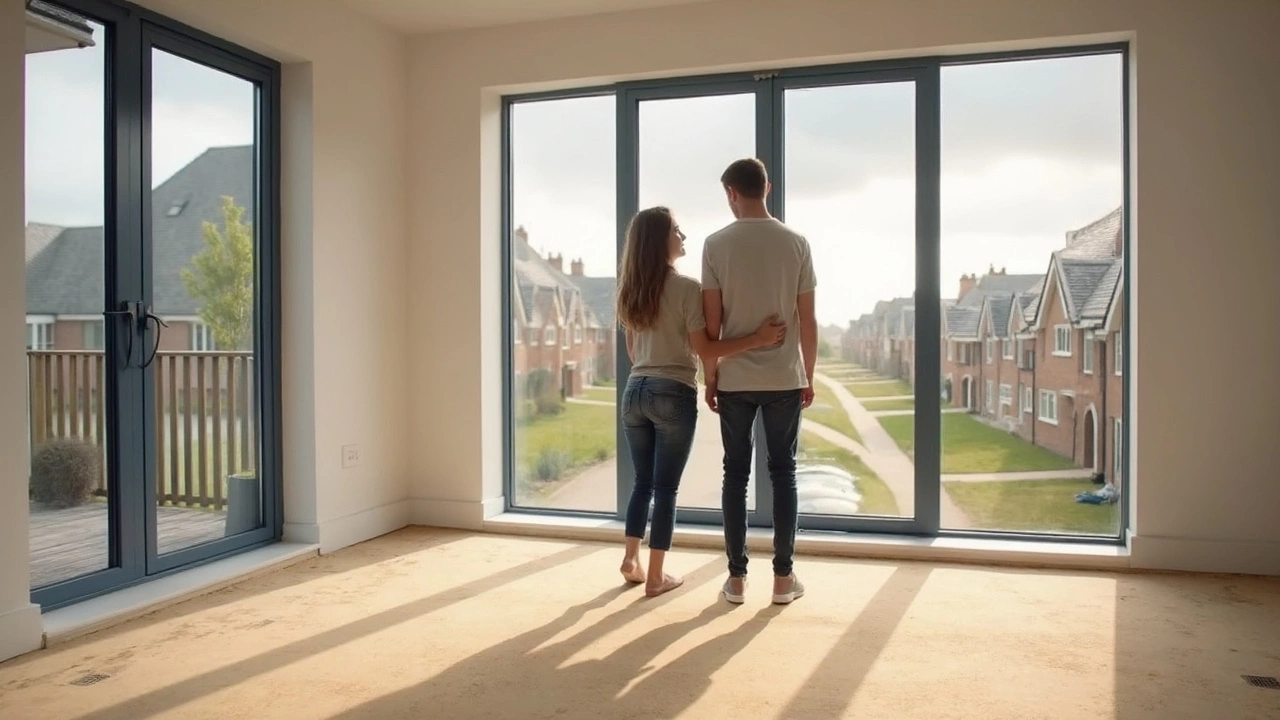New Build Flooring: How to Pick and Install the Perfect Floor
When you’re building a new home, the floor is one of the first things you’ll see every day. Picking the right material early saves time, money, and headaches later. Let’s walk through the basics so you can make a solid choice without getting lost in jargon.
Choosing the best flooring material
Hardwood looks great but can be pricey and reacts to humidity. Engineered hardwood gives the same look with more stability, making it a safe bet for most new builds. Luxury vinyl plank (LVP) mimics wood or stone, resists water, and stays affordable – perfect for kitchens and bathrooms.
Laminate is a budget‑friendly option that slides over most subfloors, but it doesn’t handle moisture as well as LVP. Carpet adds warmth and sound control, yet you’ll need a good underlay to keep it from pushing up on uneven patches. Think about where each room gets the most foot traffic and moisture, then match material to need.
Don’t forget about sustainability. Many suppliers now offer FSC‑certified wood or recycled‑content vinyl. Choosing a green product can lower the environmental impact and may qualify for incentives.
Installation tips for a smooth finish
Preparation is key. Make sure the subfloor is level, clean, and dry before you start. A quick moisture test with a meter can save you from hidden problems that cause warping later on.
If you go DIY, read the manufacturer’s guide step‑by‑step and plan for a quiet work space. Most floating floors click together and need a ¼‑inch expansion gap around walls. For glued‑down options, use a high‑quality adhesive and work in small sections to avoid seams cracking.
Hiring a pro can speed up the job and reduce mistakes, especially for complex cuts around stairs or heated floor systems. Professionals also know how to handle transitions between different floor types, keeping the look seamless.
Budgeting isn’t just about the material cost. Add 10‑15 % for underlay, trim, and waste. If you choose a heated floor, factor in the extra labor and electricity costs. A clear budget helps you avoid surprises when the invoice arrives.
Maintenance matters from day one. Sweep or vacuum regularly to keep grit from scratching the surface. For vinyl and laminate, a damp mop is enough; skip harsh chemicals. Wood and engineered boards benefit from occasional refinishing, so choose a finish that matches your long‑term plan.
Current trends in 2024‑2025 favor wider planks and matte finishes. Wide‑plank LVP creates a spacious feel, while matte hardwood hides scratches better than high‑gloss. If you love the look of stone but want a softer underfoot, check out stone‑look porcelain tiles – they’re durable and water‑proof.
At First Choice Flooring Solutions we’ve helped hundreds of new‑build owners pick the right floor and get it installed right the first time. Give us a call or drop by our showroom; we’ll walk you through options, budget, and timeline so your floor looks great for years to come.
Do You Get Flooring in a New Build? What Buyers Need to Know
- Gavin Whitaker
- |
- |
- 0
Thinking new build homes come move-in ready with shiny flooring? It's not always that simple. While some developers include basic flooring as standard, others leave it unfinished unless you pay extra. This article explains what you get, why builders do it this way, and how to avoid surprises before you get those keys. Get straight info and practical tips to handle flooring in your brand-new home.
View more